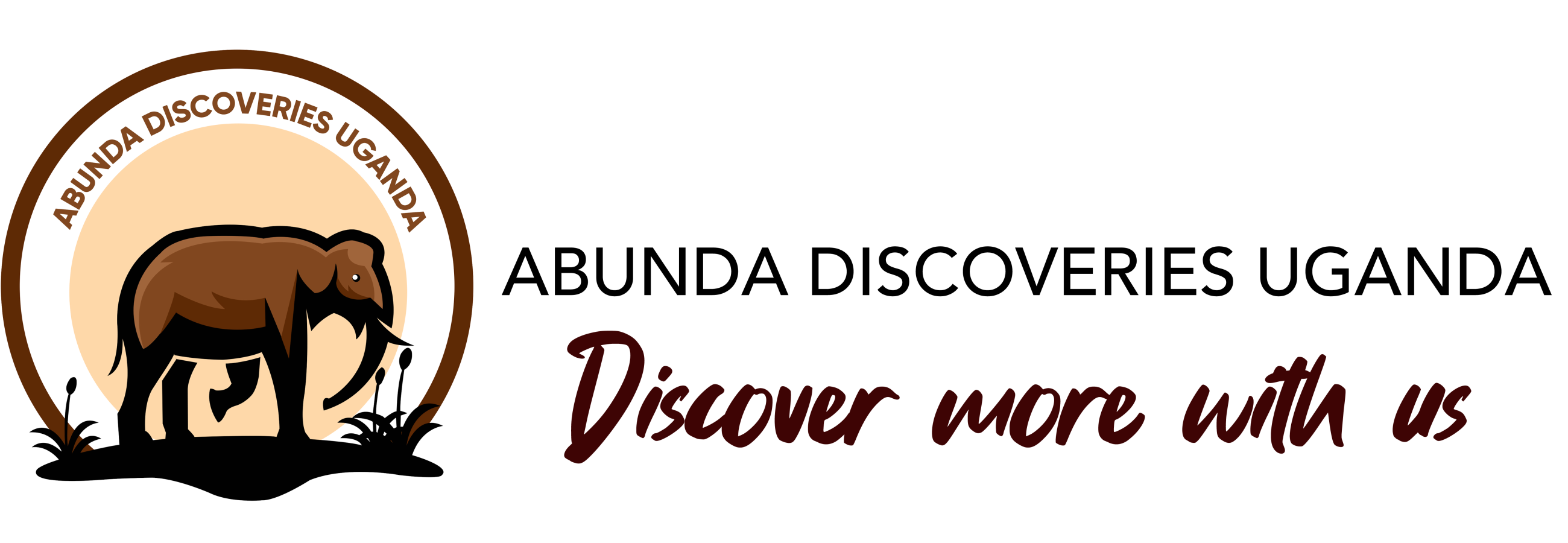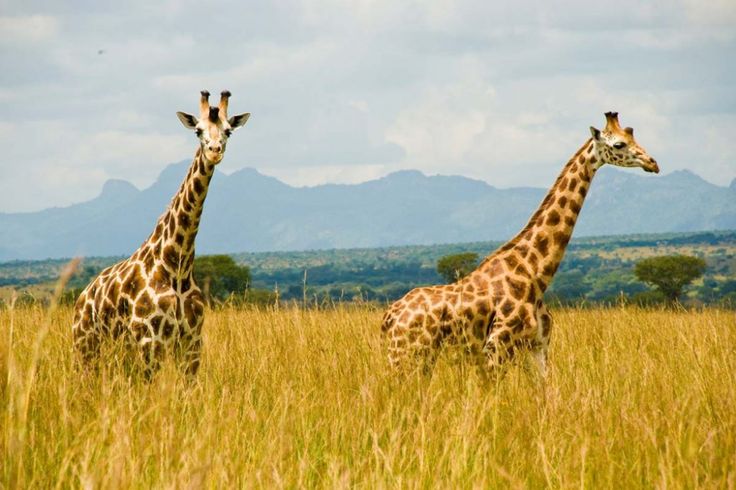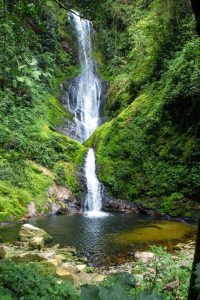Planning your first safari to Uganda is an exciting and rewarding adventure. Known as the “Pearl of Africa,” Uganda is one of the most biodiverse countries on the continent. From tracking endangered mountain gorillas in misty forests to witnessing tree-climbing lions in the savannah, Uganda offers unforgettable safari experiences for nature lovers, photographers, and adventure seekers alike. Ugandan Safari
This guide walks you step by step through how to plan your first Ugandan safari, ensuring it’s smooth, safe, and full of magical moments. Ugandan Safari
Why Choose Uganda for Your First Safari?
Before diving into the planning details, let’s briefly explore why Uganda stands out:
- Home to half the world’s mountain gorillas
- Offers both savannah and rainforest safaris
- Less crowded than Kenya or Tanzania
- Affordable permit costs for gorilla and chimpanzee tracking
- Incredible birdwatching (over 1,000 species)
- Warm, welcoming culture and relatively stable travel environment
Whether you’re after big game, primates, or scenic beauty, Uganda delivers.
Step 1: Decide When to Go
Uganda is a year-round destination, but seasons impact the experience.
Best time to visit:
- Dry seasons: June–September and December–February
These months offer the best game viewing and hiking conditions.
Rainy seasons:
- March–May and October–November
These months are wetter, trails can be muddy, but the scenery is lush and fewer tourists are present.
If gorilla trekking is a top priority, dry season is ideal. If you’re more flexible and looking for budget advantages, consider the shoulder months.
Step 2: Choose Your Safari Style
Uganda offers various safari styles to match different budgets and interests:
- Classic Road Safari
Travel by 4×4 vehicle, staying in lodges or tented camps. Best for wildlife viewing and scenery. - Fly-in Safari
Perfect for those short on time. Domestic flights connect major parks like Bwindi, Queen Elizabeth, and Kidepo. - Private Tailor-Made Safari
Designed around your preferences. Choose your destinations, lodge level, and activities. - Self-Drive Safari
For adventurous travelers. You can rent a 4×4 and explore on your own. Popular for repeat visitors. - Budget Safari
Shared tours, basic accommodations, and set itineraries. Still rich in wildlife and experience.
Step 3: Select Your Destinations
Uganda offers a diverse mix of safari landscapes. For a first-timer, here are the top must-visit parks and attractions:
- Bwindi Impenetrable National Park
- Gorilla trekking capital
- Lush rainforest, rich biodiversity
- Also offers birdwatching and cultural visits
- Queen Elizabeth National Park
- Big game viewing
- Famous for tree-climbing lions in Ishasha
- Boat safaris on the Kazinga Channel
- Murchison Falls National Park
- Powerful waterfalls, classic savannah safari
- Large elephant and giraffe populations
- Nile River boat cruise
- Kibale Forest National Park
- Top spot for chimpanzee tracking
- Dense jungle, home to 13 primate species
- Ideal for nature walks and birding
- Lake Mburo National Park
- Convenient stop between Kampala and the southwest parks
- Known for zebra, eland, and peaceful walking safaris
- Ziwa Rhino Sanctuary
- Only place in Uganda to see white rhinos
- Perfect for a stopover en route to Murchison Falls
- Kidepo Valley National Park
- Remote and wild, less visited
- Spectacular landscapes and unique wildlife
- Great for seasoned travelers
For a first-time safari, a combination of Bwindi, Queen Elizabeth, and Kibale Forest gives you primates, big game, and amazing scenery.
Step 4: Book Gorilla and Chimpanzee Permits Early
Permits are mandatory for tracking gorillas and chimpanzees and must be booked well in advance—especially in high season.
- Gorilla permit (Bwindi/Mgahinga): $800 USD per person
- Chimpanzee permit (Kibale): $250 USD per person
- Golden monkey permit (Mgahinga): $60 USD
These permits fund conservation efforts and limit the number of visitors to protect the primates.
Book through your tour operator or directly with the Uganda Wildlife Authority (UWA).
Step 5: Choose Your Accommodation
Uganda offers a range of lodges and camps for all budgets:
- Luxury lodges – All-inclusive, with stunning views, top service, and privacy
- Midrange lodges – Comfortable, clean, and usually located near park gates
- Budget options – Basic guesthouses, hostels, or community-run campsites
Popular examples by region:
- Bwindi: Buhoma Lodge (luxury), Ichumbi Gorilla Lodge (midrange), Gorilla Valley Lodge (budget)
- Queen Elizabeth: Mweya Safari Lodge (luxury), Irungu Forest Safari Lodge (midrange), Pumba Safari Cottages (budget)
- Kibale: Primate Lodge (luxury), Chimpanzee Forest Lodge (midrange), Kibale Guest Cottages (budget)
Always book early during the high season.
Step 6: Pack the Right Gear
Packing well will improve your comfort and experience. Key items include:
- Lightweight, breathable clothing in neutral colors
- Waterproof hiking boots and rain jacket
- Long sleeves and pants for forest walks
- Binoculars and a good camera
- Insect repellent and sunscreen
- Daypack, reusable water bottle, hat, and sunglasses
- Personal medications and travel documents
For gorilla trekking: gloves, gaiters, and walking sticks are helpful.
Step 7: Understand Health & Safety Requirements
Before you travel, consult your doctor and prepare the following:
- Yellow fever vaccination certificate (mandatory)
- Malaria prophylaxis
- Travel insurance
- Optional vaccines: typhoid, hepatitis A & B, tetanus
Uganda is a safe country for tourism, but it’s important to use reputable operators, avoid isolated night travel, and follow local advice.
Step 8: Arrange Your Transport and Flights
International flights:
- Fly into Entebbe International Airport (EBB), near Kampala
Domestic travel:
- Drive by 4×4 to the parks (long but scenic)
- Charter flights available to airstrips near Bwindi, Queen Elizabeth, and Kidepo
- Consider a guided tour if you’re not comfortable driving
Popular routes for first-timers:
- Entebbe → Kibale → Queen Elizabeth → Bwindi → Lake Mburo → Entebbe (10–12 days)
Step 9: Budget for Your Trip
Here’s a rough idea of costs (per person per day, not including flights):
| Budget Level | Approx. Cost | Inclusions |
|---|---|---|
| Budget | $150–$250 | Transport, basic lodges, park fees |
| Midrange | $250–$400 | Better lodges, guided tour, meals |
| Luxury | $500+ | Premium lodges, fly-in options, private guide |
Don’t forget permit fees, tipping, souvenirs, and extra activities.
Step 10: Work with a Reputable Safari Operator
Your first safari will be smoother with help from an experienced local or international operator. A good safari company will:
- Handle permits, logistics, and bookings
- Provide knowledgeable guides
- Customize your itinerary based on your needs
- Ensure comfort, safety, and great wildlife viewing
Look for licensed operators with strong reviews, especially if planning for 2025 or 2026.
Final Thoughts
Your first Ugandan safari will be filled with unforgettable moments—from locking eyes with a silverback gorilla to watching elephants bathe under a glowing sunset. With the right planning, you can enjoy one of the world’s most spectacular wildlife experiences in a country that offers natural diversity, authenticity, and heartwarming hospitality.
Would you like help crafting your personal Uganda safari for 2025 or beyond? I can help you plan a customized itinerary based on your interests, travel dates, and budget. Ugandan Safari
Let your safari adventure begin.




